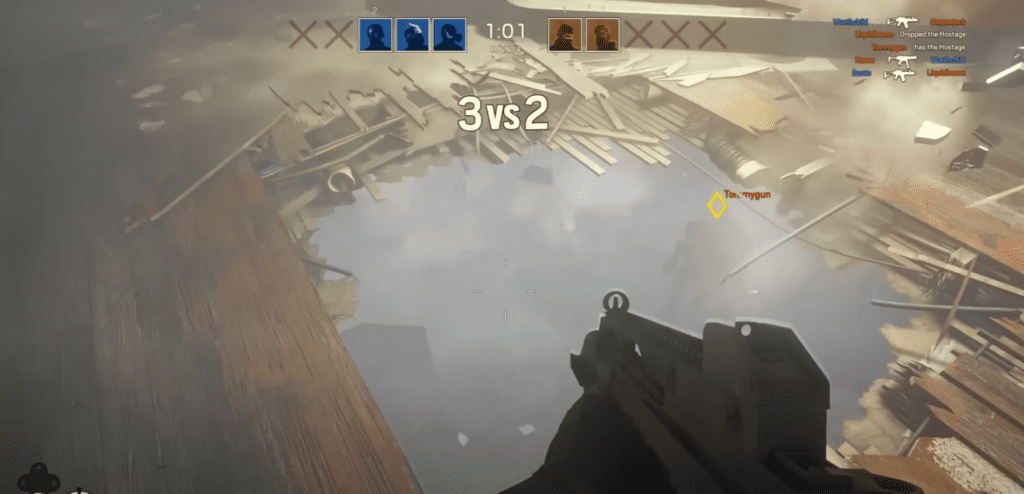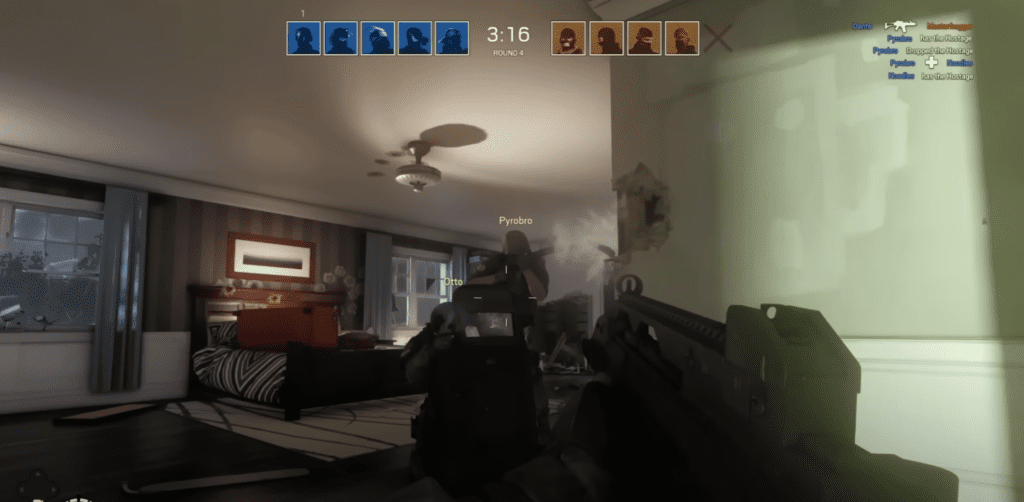Rainbow Six is a franchise that has defined tactical shooters for decades. Developed by Ubisoft, it started as a realistic counter-terrorism simulation based on Tom Clancy’s novels, but over the years, it has evolved into something much bigger. Whether it’s the classic single-player experiences of earlier titles or the competitive, high-stakes gameplay of Rainbow Six Siege, the series has always focused on strategy, teamwork, and precision.
When I think about Rainbow Six, my mind immediately goes to its roots in Rainbow Six (1998) and Rainbow Six 3: Raven Shield (2003). These games weren’t your typical run-and-gun shooters. Instead, they demanded patience, planning, and tactical execution. One wrong move could end a mission instantly. The emphasis on realism made every encounter feel intense, requiring to coordinate my team, breach doors carefully, and eliminate threats with minimal collateral damage.

Then came Rainbow Six Vegas (2006) and Vegas 2 (2008), which shifted the series toward a more action-oriented style while still keeping the tactical elements. The cover system and squad commands made the Vegas games stand out from other shooters at the time, and the multiplayer was some of the best in the genre. Terrorist Hunt mode became a fan-favorite, offering a co-op experience where players had to clear out AI-controlled enemies in highly strategic firefights.
But the biggest shift in the franchise came with Rainbow Six Siege (2015). Ubisoft took a bold risk by removing the single-player campaign and focusing entirely on multiplayer, and while the game had a rocky start, it eventually became one of the most successful tactical shooters of all time. Siege is all about destruction, precision, and outsmarting your opponents. Every operator has unique abilities, and knowing when to use them can mean the difference between victory and defeat.
What really sets Siege apart is its environmental destruction. Instead of just shooting at enemies, I can break through walls, floors, and ceilings to create new sightlines and surprise my opponents. This makes every round unpredictable, as no two matches ever play out the same way. The emphasis on teamwork and communication means that playing with a coordinated squad is incredibly rewarding. Rushing in solo almost always leads to disaster.
Over the years, Ubisoft has continued to support Rainbow Six Siege with new content, adding new operators, maps, and balance changes that keep the meta evolving. The competitive esports scene has also grown significantly, making Siege one of the biggest tactical shooters in the industry. The Rainbow Six Invitational has become one of the most anticipated events in the esports calendar, showcasing the highest level of tactical gameplay.

Ubisoft has also attempted to expand the Rainbow Six universe with Rainbow Six Extraction (2022), a co-op PvE spin-off where players take on alien-like creatures in high-risk missions. While it had interesting mechanics and borrowed Siege’s gunplay, it didn’t quite capture the same level of success. Many fans still prefer the tense, methodical gameplay of Siege over a more sci-fi-inspired take on the series.
As of now, Rainbow Six Siege remains the dominant title in the franchise, with Ubisoft continuing to update it with seasonal content. The game’s longevity and player base prove that tactical shooters still have a place in the modern gaming landscape. Whether it’s the classic games that demanded precise planning or the fast-paced, destructible arenas of Siege, Rainbow Six has cemented itself as one of the most iconic names in the shooter genre.








